How to Choose a Samurai Sword (Katana)
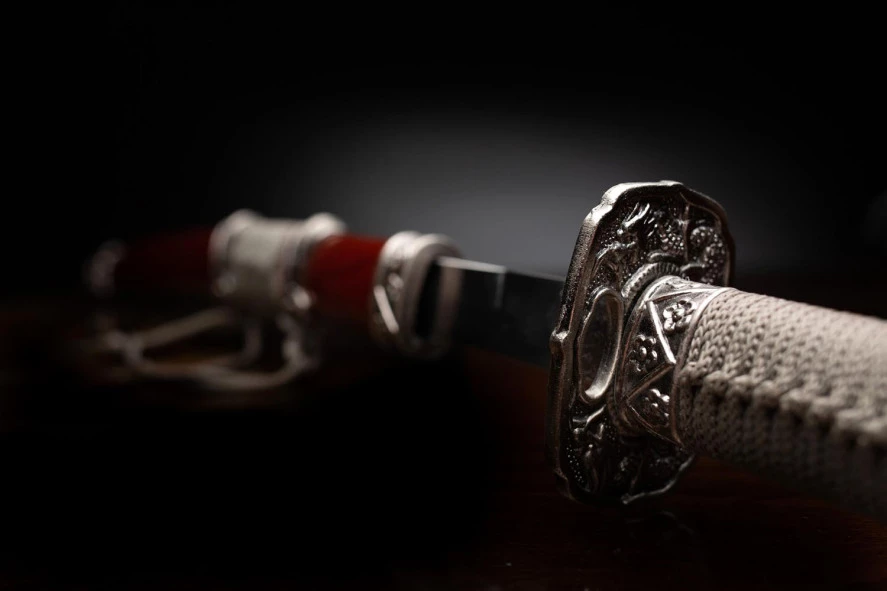
Contents
What Does a Katana Consist of?
Katana is easily recognizable by its curved blade, which is somewhat similar to that of a sabre. The sword consists of a single-edged blade (ha in Japanese) and a set consisting of:
- the guard or tsuba - protects the hand from the opponent’s blows and prevents the hand from slipping onto the blade when attacking
- and the handle (tsuka).
But you probably already know so much. What you might not know is that an original samurai katana might cost you 4,000 EUR and more. So, what you are more likely looking for is a samurai sword replica. Replicas are significantly cheaper, and they can serve their purpose well. But you must choose carefully.
The katana is the most popular samurai sword. But it's not the only one. The Katana was a part of samurai gear, along with Daisho and the Wakazashi short sword. The third part was a shorter personal weapon, Tanto dagger.
What are Samurai Swords Made of? Look for Quality.
Ideally, you should be able to touch the sword. You'll know the right one at sight – or rather, at touch! But there are also ways to tell the quality of the sword online. The key is to examine the blade. It should be made of quality steel.
Traditionally, the steel combines a high-carbon, harder layer with a low-carbon, softer layer. There are several historically documented manufacturing techniques, such as the technique of pattern welding or folding (as seen in Damascus steel), which is still used today.
High carbon steel is extremely hard and was used for the outer sheath of the blade, including the edge. In contrast, low-carbon steel is flexible, which helps to absorb the impact of blows. It was used for the core of the blade. Only one type of steel would not be suitable, that is why different types of steel with different carbon content were combined, achieving both hardness and flexibility.
The production of tamahagane steel and steel folding
The most important component of steel is iron, which is extracted from iron ore in a smelter. Iron was initially imported to Japan, as the first smelting furnaces were not built there until the 7th century AD.
The metal obtained from a smelter is called tamahagane in Japanese. It contains several other elements and impurities and requires further processing. The blacksmith needs to choose lumps with similar composition and process them further (the ability to choose the similar chunks of steel is indicative of the blacksmith's skill). Similar bits are then combined into a single lump and then folded approximately 10 to 15 times during the forging process. The resulting material has over 30,000 layers.
As for the blades made of modern steel, the folding technique is not necessary, as the steel from modern smelters is already completely homogenous and folding could deteriorate its condition. In the case of modern blades, the layers only serve an aesthetic purpose. Modern homogenized steels also achieve excellent results in test cutting.
When choosing between a sword made of traditional 1045 steel with a sophisticated structure of multiple layers (sometimes Damascus steel is used) and a modern industrially produced steel, you should consider the considerable difference in price caused by the cost of the blacksmith’s work. However, the quality of the steel is comparable, and modern steel is often better.
Modern replicas mostly use hard high-carbon steel and spring steel. Stainless steel is also often used. An authentic blade, laboriously folded from both types of steel would cost you arm and leg.
Make sure that the handle and guard are solid as well. The handle was traditionally made from soft wood (such as magnolia wood in Japan). The handle must be tightly connected to the blade.
If you are looking for a properly crafted katana, no looseness of the handle is acceptable (the wooden core of the handle must fit tightly to the blade shaft). If a Japanese swordsmith released such an improperly crafted katana, he would probably be required to commit suicide (seppuku) in order to preserve his honour.
The tsuka, or hilt, of real katanas was also covered with stingray or sharkskin, which have a rough surface and improve the tightness of a grip. The grip can be further improved by a leather strap or cotton band called tsuka-ito. The blade and the hilt are joined together by small pegs called mekugi, and a metal collar called habaki.
Sheath (saja) is no less important. The sheath should be made of high quality, lacquered wood. The cavity inside the wooden scabbard should perfectly fit the profile and shape of the blade so that the scabbard protects the blade like “a samurai protects the emperor”.
Look for Hamon
The finishing process in the blade production includes grinding and polishing that define the final shape and curvature, essential properties of a blade. Swordsmiths (or grinders and polishers) pay special attention to it and carry both parts of the process out manually. However, most katanas on the market today were produced by machines, which doesn’t necessarily mean lower quality.
You may also be interested in the method of hardening of the blade. In the process of differential hardening, different areas of the steel object are made harder than others. Greater hardness is produced at the edge and lower hardness at the remaining areas of the blade. The transition between the areas of different hardness creates a visible surface effect called hamon.
If you are looking for an authentic sword, always look for the hamon effect. With high-end modern materials, computer-controlled heat treatment can achieve a favourable combination of hardness and flexibility - so it is possible to find high-quality katanas without hamon. You should always pay special attention to the technical specification of the blade (the steel used and its hardness).
Types of steel used
Carbon steel
The higher the carbon content, the harder the blade. Carbon steel has a carbon concentration between 0.4% and 1%. For example, the frequently used 1045 steel has a carbon content of 0.45%, 1060 steel contains 0.6% carbon, etc. High carbon steels are suitable for differential hardening using layers, which produces the hamon effect. Carbon steel is commonly used in industry and its price is kept low. However, some special types of steel, such as L6 with a high nickel content, are more expensive and more durable. They are therefore more suitable, for example, for test cutting.
Spring steel
Elasticity is a property that makes steel return to its original shape after deformation. Elasticity is usually made possible by means of high silicon content. Blades made of spring steel are most commonly used for stage fencing swords, producing beautiful steel-on-steel clashes. Spring steel resists cuts caused by impact better than other types of steel. It is also suitable for test cutting because it can absorb the energy from the impact.
Stainless steel
Stainless steel is resistant to corrosion. This is due to the high chromium content of at least 10.5%. Stainless steel is most commonly used for kitchen and outdoor knives. It is rather rarely used for swords, and if, then only for decorative models or for blunt training swords. This steel is too brittle for test cutting.
Powder steel
Also called powder metallurgy. It is made from metal powders, oxides, metal carbides, and non-metallic powders. Tiny pieces of metals are mixed together by melting. This method makes it possible to produce unique materials with required properties. Powdered steel is most commonly used in knife production. It is only rarely used for the production of samurai swords.
But the type of steel is not the only important factor. Another one is the heat treatment. The way the material is heated after machining and the subsequent cooling affect how the material will eventually harden and what properties it will have. Each blacksmith uses a different technique based on their experience.
In any case, the steel must never crack and the resulting material must not be too hard and neither too soft. Which is why it is a good idea to trust one blacksmith or sword maker. Two swords made from the same steel by two different manufacturers may have different properties due to different heat treatments.
Sword Length
The length of a sword is often the factor that decides who wins a duel. The standard size of a katana is around 40 inches. (1 inch = 2.54 cm) However, some samurai schools require specific lengths or a combination of different lengths for different purposes, such as indoor combat or to disarm an aggressor.
The length of a sword is measured in a straight line from one end to the other. Sometimes, you will also see the length of the blade listed separately. The blade of a typical 40-inch katana is usually between 27 and 29 inches. That is why you might see sword descriptions like 29 × 40 - the first number indicating the length of the blade, the second the length of the sword as a whole.
What is the length of standard samurai gear?
- Daito: 40 inches
- Shoto: 36 inches
- Wakizashi: 29 inches
- Tanto: 8.5 inches
Blunt But High-Quality Swords for Training
Wooden or bamboo swords called bokken and shinai are more suitable for practicing traditional samurai fighting techniques. They are much more suitable for sparring and practicing with several people, because they are safer. If you want to get a modern practicing sword, you can check out polypropylene swords.
That leaves practical metal katanas suitable for fine-tuning your style or practicing solo techniques.
There is one more training technique, however, that requires a metal sword. It is called iaido and focuses on concealing the sword from the opponent and executing perfect and accurate blows. In this technique, balancing and feeling the sword is essential. That's why you need to practice it with a steel katana.
There are special Iaito swords, which are used for laido or iaijutsu trainings. Iaito sword blades are made of stainless steel or carbon steel, with tsuba and guard as strong as those of a sharp sword.
The balancing of a samurai sword is one of its most important characteristics. Proper sword balance gives the samurai an advantage in combat.
For this purpose, we recommend picking up a sword with unsharpened steel, which has the same weight as a real sword, but its blade is intentionally left unsharpened so that it doesn’t injure anyone. You may have such a katana sharpened by a professional in the future, or you can sharpen it yourself.
Swords used for test cutting are called Practical swords. They have a sharp blade made of top quality (usually carbon) steel. The wide shaft of the blade is connected to the handle by means of wooden or bamboo pegs. These are precisely fitted to ensure that there is no looseness when the sword is swinged. Prices range from 100 EUR to 3.200 EUR depending on the steel used and the craftsmanship required to produce it.
Decorative and Artfully Made
Another option is getting a decorative katana for display purposes. Not only will it look great on your wall, but if you admire Japanese culture, it will also bring you joy whenever you look at it. Of course, it will have no impressive properties. Even cutting a banana with it would probably be a challenge. But display swords are not designed for cutting anyway. They don’t need to be sharp to make your wall look great!
Decorative swords have a few specific characteristics:
- they have a blunt blade and a blunt tip;
- they're machine-made;
- they are made of cheaper type of stainless steel;
- they're usually cheaper in general;
- the narrow blade shaft is usually welded onto the blade and tightened with a nut at the end of the handle.
Decorative swords are never to be used for fighting. The weld may not hold after impact and there is a risk of injury.
A special category contains nihonto swords (nihon - Japan, To - sword). These are manufactured in Japan (if a Nihonto sword is not made in Japan, it is not a real Nihonto sword). Prices of replicas begin at 3.200 EUR and can cost up to 16.000 EUR. And the prices of historical originals are astronomical.
How Many Swords? What to Watch out for?
Most samurai warriors had two swords. One longer sword and one shorter. However, only one of them was used for fighting - the longer sword. they only used one in battle. The shorter sword was used for ceremonial purposes only. You should be fine with just one sword. But one of the most famous swordsmen in history, Miyamoto Musashi, fought with a one-handed sword, so he could have used two swords, one in each hand.
If you want to be like Miyamoto Musashi, you will need two swords. If you are, however, an avid collector, two swords will never be enough.
Before you start shopping, read our tips on what to watch out for:
- If the sword is listed as Practical or a true Japanese sword, pay attention to how the blade is attached to the hilt.
- Swords with blades made of 1045 steel are referred to as Practical, but this type of steel will go blunt or bend easily, it can even break during practice.
- Beware of swords from China that are promoted as genuine Japanese swords. Genuine Japanese swords never cost hundreds of EUR, but rather thousands of EUR.
Appearance matters
A proper replica is a close copy of original Japanese katanas and should follow historically documented traditional manufacturing practices. However, the market is full of swords that have very little in common with the original katanas. Do not be tempted into buying an unauthentic katana. Even a replica of a classic Japanese samurai sword should show respect for the ancient art and craft of master swordsmen.
Many samurai swords are breathtakingly beautiful. So it is okay to choose by the appearance! Samurai warriors were not just elite fighting units, but also a higher social class. Their swords reflected not only power, but also social status.
So appearance was important. The devil is in the details, as they say. Look for fine details, like scabbard made out of one piece of wood, engraved blades of folded (Damascus) steel, and carefully polished hamon, and decorative elements such as Menuki, Kashira, Fuchi and Tsuba. Another important item to get is a textile sheath or sword bag. We hope that this guide will help you choose the right samurai sword!

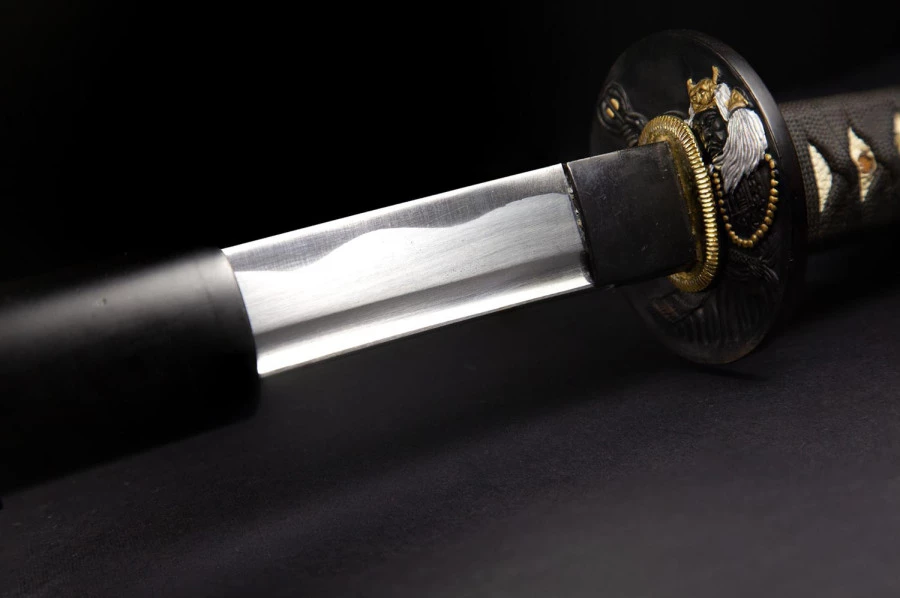
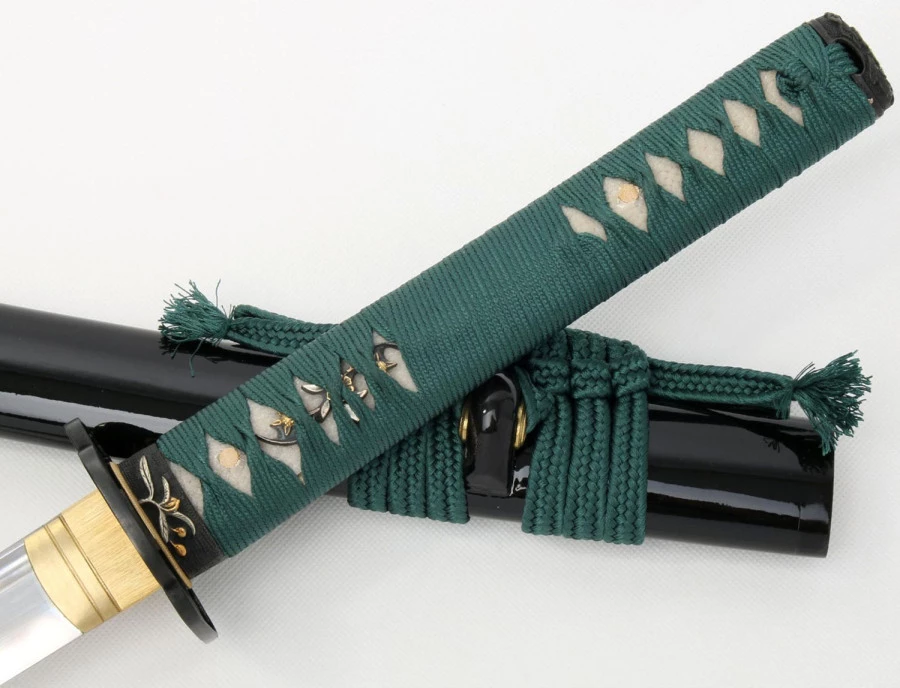
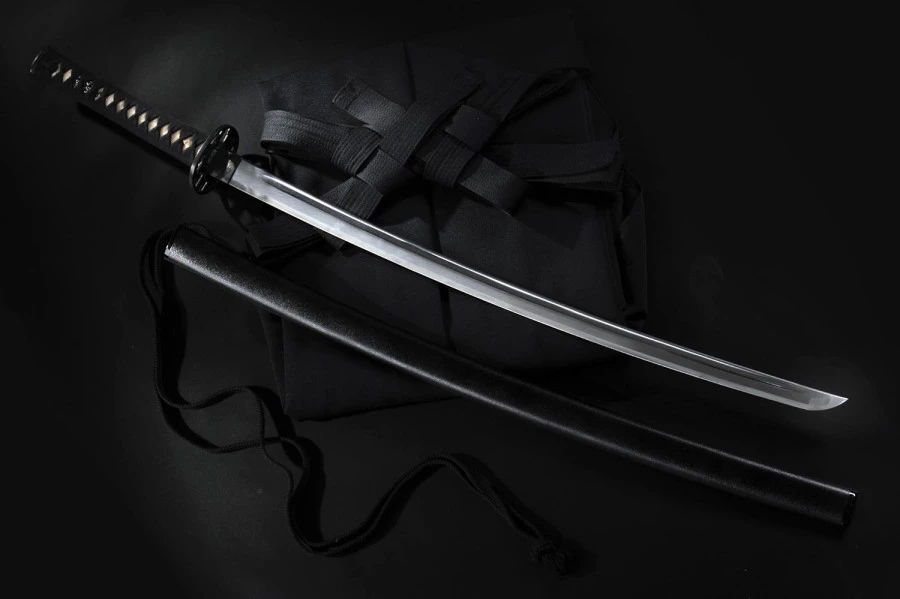
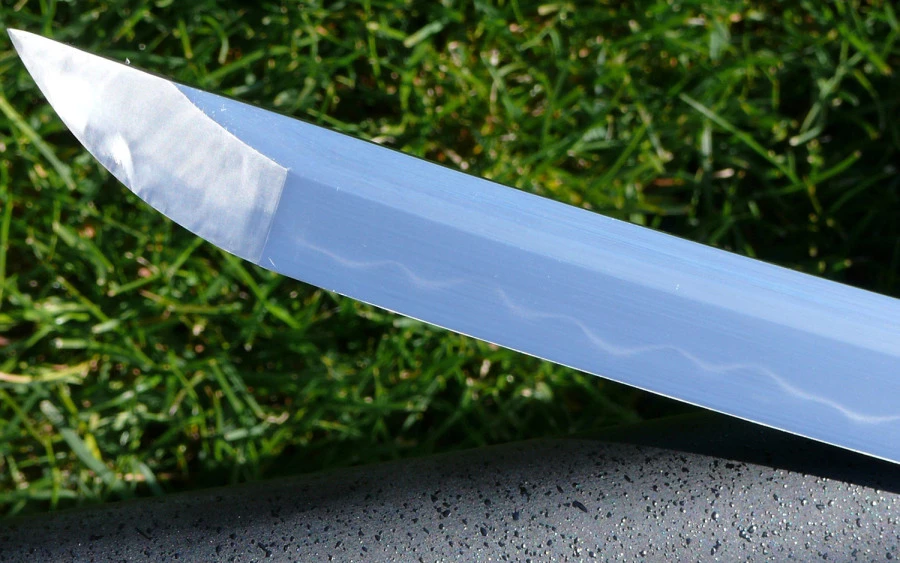
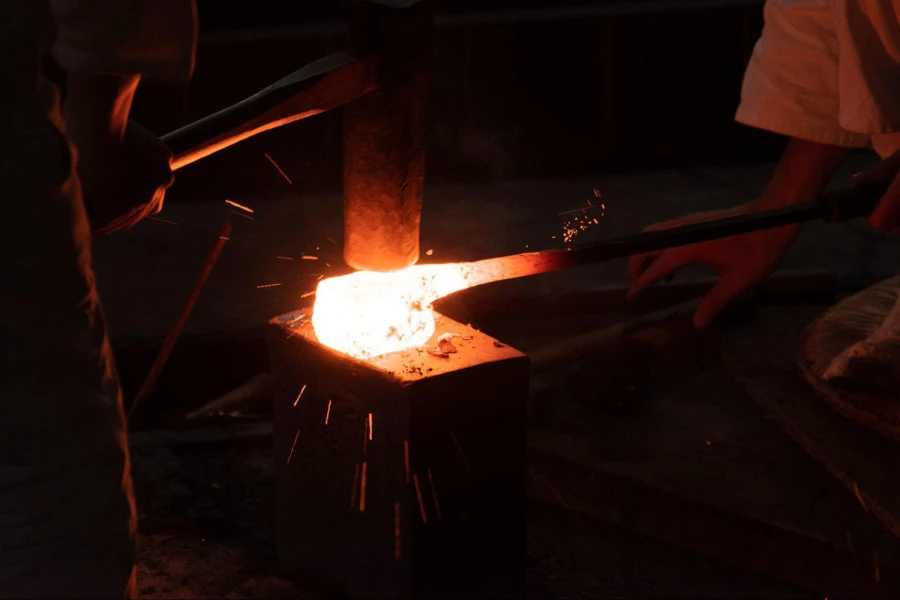
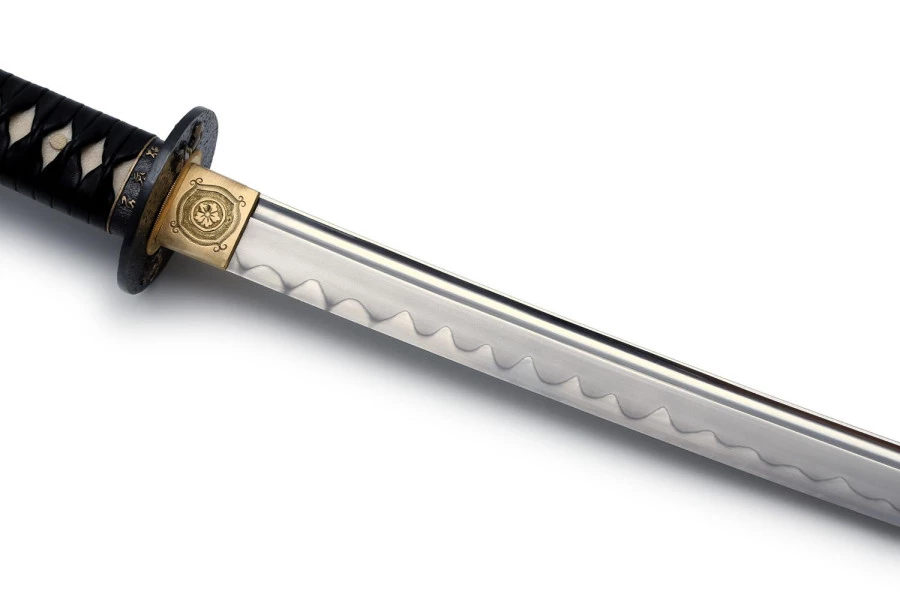
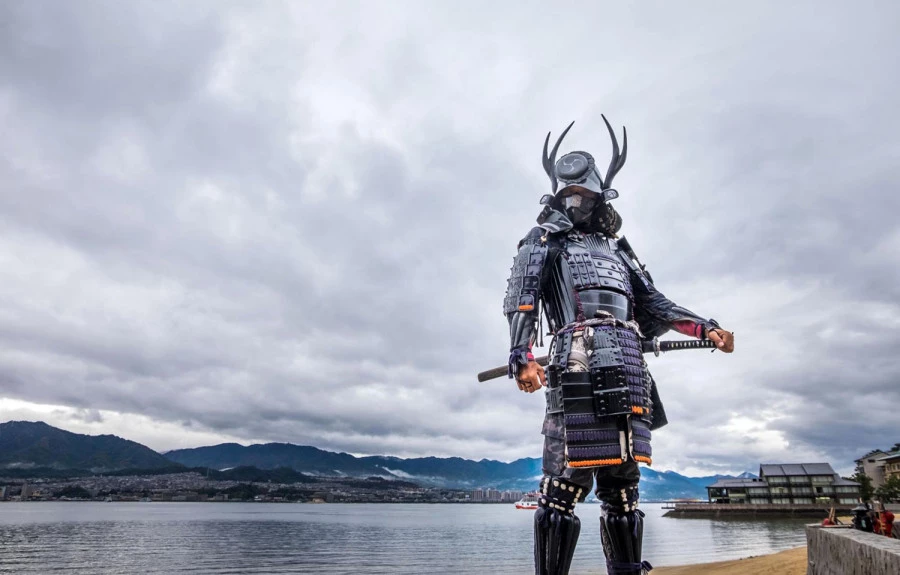
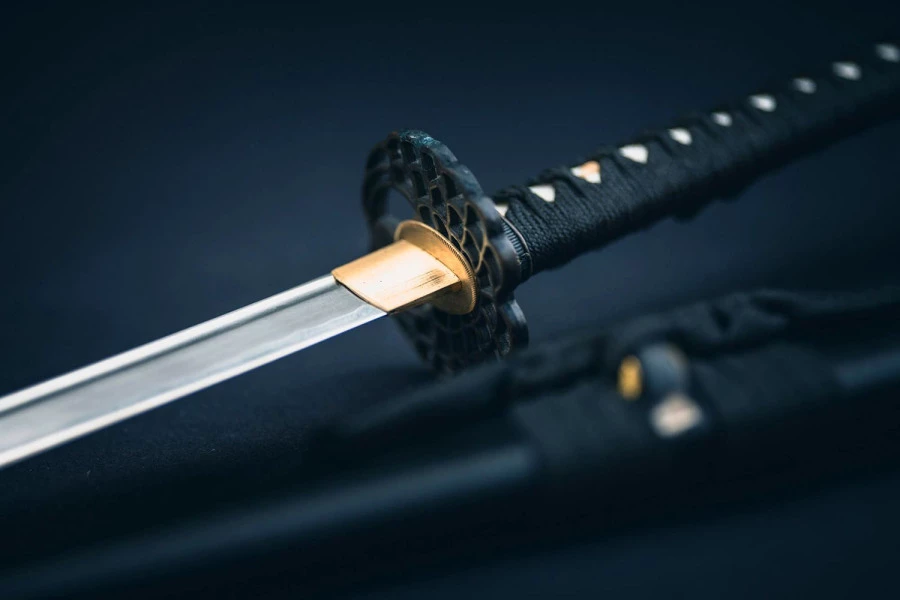
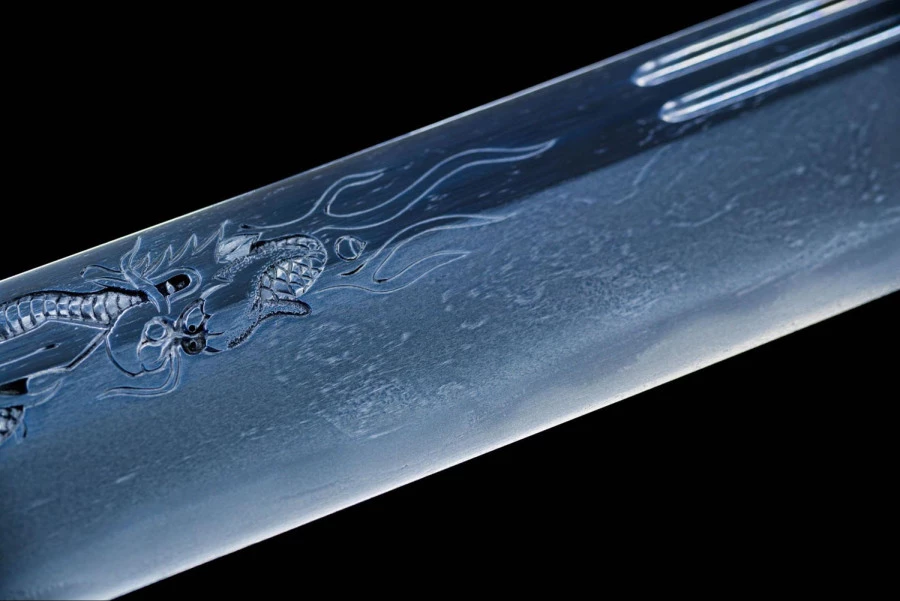
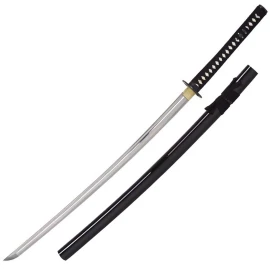
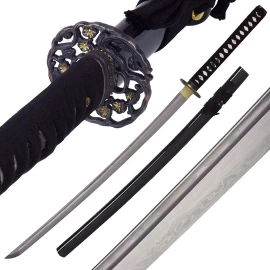
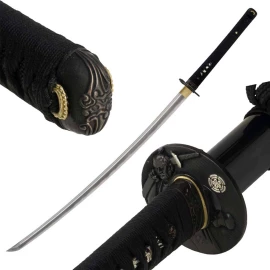
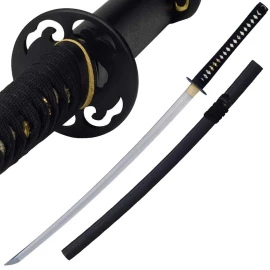
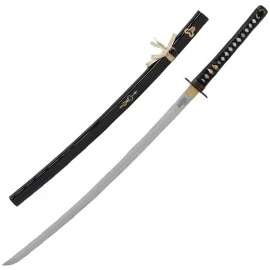
Comments (1)
What about if you use rain to make a katana